Cherry tomatoes are a popular vegetable and fruit that you're likely familiar with. They are often called "holy fruit" or "saint tomatoes." Not only do they have vibrant colors, but they also boast a delicious taste and are rich in nutrition. They contain all the nutrients in regular tomatoes and have even higher vitamin content. They are among the "four major fruits" prioritized for promotion by the Food and Agriculture Organization of the United Nations.

Are you interested in learning more about hydroponic cherry tomatoes? Keep reading below!
This article will provide you with an easy-to-understand overview of hydroponics. We'll also discuss the best hydroponic systems for growing cherry tomatoes indoors and the types of hydroponic cherry tomatoes suitable for indoor cultivation.
Quick Guide: 6 Steps to Easily Grow Hydroponic Cherry Tomatoes Indoors
To grow cherry tomatoes indoors, check out the quick and straightforward guide below! I'll walk you through the principles of hydroponic growing systems, so you can quickly learn how to grow cherry tomatoes hydroponically:
- Find a water-holding container.
- Place a net basin on the container to support the plants.
- Submerge the roots of the cherry tomatoes in the water tank.
- Add plant nutrient solution to the water.
- Ensure the reservoir includes oxygen and water pumps to provide enough oxygen and moisture for the plant roots.
- Start hydroponic cherry tomatoes.
Seeing is believing, let me show my success:

About hydroponic cherry tomatoes
What are hydroponics growing systems?
Before discussing hydroponics growing systems, let's understand hydroponics. Hydroponics refers to the cultivation of plants in an environment without soil. It involves using a growth medium (such as coconut coir, rock wool cubes, horticultural foam, vermiculite, or perlite) to anchor the plant roots and supply them with a nutrient solution and water to provide the necessary conditions for plant growth.

A hydroponic growing system combines these principles into a comprehensive circulating cultivation system. Some common types of hydroponic growing systems include:
Nutrient Film Technique (NFT): This involves continuously flowing a shallow stream of nutrient solution over the plant roots, creating a thin film of nutrients and oxygen.
Deep Water Culture (DWC): In DWC, the plant roots are directly submerged in the nutrient solution, and an air pump provides oxygen to the roots.
Ebb and Flow (Flood and Drain): This system involves periodically flooding the plant roots with nutrient solution and draining them to provide oxygen.
Aeroponics: In aeroponics, the plant roots are suspended in the air, and the nutrient solution is misted directly onto the roots, ensuring high oxygenation.
Drip Irrigation System: In a drip irrigation system, the nutrient solution is delivered to the plants through small tubes or drippers, providing controlled water and nutrient flow to the root zone.
These are just a few examples of hydroponic growing systems, each with advantages and considerations. The system choice depends on factors such as the type of plants being grown, available resources, and specific nutrient delivery and oxygenation requirements.
How to set up an indoor hydroponic growing system?
Once you understand the principles of hydroponics and hydroponic growing, you can start building an indoor hydroponic growing system.
Here's a tool list:
- Plastic container or reservoir
- Net pots
- Growing medium
- Nutrient solution
- pH testing kit
- Electrical conductivity (EC) meter
- Air pump and air stone
- Water pump
- Timer
- Grow lights
- Trellis or support system
- Thermometer and hygrometer
However, I understand that preparing all of this can be challenging for beginners, and you also need to acquire specialized knowledge. Fortunately, many new intelligent hydroponic growing systems are available, making it easier for you to start your indoor hydroponic garden.
If you're interested, try the LetPot Hydroponics Growing System, which features innovative automatic watering and nutrient functions and integration with an app. With these features, you can effortlessly begin hydroponic cultivation, even if you're a novice gardener.
Learn about LetPot® and customer stories:
- Growing Cherry Tomatoes Indoors: A Personal Tale of Juicy Rewards
- Enjoy Growing Cherry Tomatoes At Home - LetPot Indoor Hydroponic System
How to grow hydroponic cherry tomatoes indoors? (Step-by-step guide)
Step 1: Choose a hydroponic cherry tomato variety
When it comes to popular hydroponic cherry tomato varieties (also known as mini tomatoes or cherry tomatoes), the following are some of the popular choices based on research:
Sweet Million: This variety is known for its vigorous growth and high yield. Its sweet flavor makes it a popular choice for hydroponic systems.
Tumbling Tom: This variety requires a suitable vertical or hanging hydroponic setup. It produces cherry-sized fruits with a sweet taste.
Yellow Pear: This variety features yellow pear-shaped tomatoes. They have a sweet and mild flavor and are small and firm.
Red Robin: This compact, dwarf variety is early-maturing and grows well in tight spaces. It has a decent flavor and would be a good choice with limited space.
Gardener's Delight: This popular cherry tomato variety is known for its sweetness and rich flavor.
Sungold: This variety produces orange-colored tomatoes that are incredibly sweet when ripe. It has a high yield and a vigorous growth cycle, making it highly regarded for hydroponic cultivation.
The specific hydroponic cherry tomato plant choice will depend on your preference (for reference only).
Step 2: Choose a growing medium for your hydroponic cherry tomatoes
Common growing mediums for hydroponics include coconut coir, rock wool cubes, horticultural foam, hydroton (LECA clay pebbles), vermiculite, or perlite. Whichever growing medium you choose, it's essential to soak it in water to saturate and moisten it thoroughly. We recommend coconut coir, horticultural foam, or rock wool cubes as the growing medium for hydroponic cherry tomatoes.

Step 3: Prepare your hydroponic cherry tomatoes seeds for germination
First, soak the cherry tomato seeds in warm water for approximately 24 hours. It helps facilitate the germination process. After 24 hours, place each source into individual net pots and cover them with a transparent lid. Then, place the net pots in a warm, dark, and humid environment to create an optimal germination environment for the plants.
Typically, within 7-14 days, your hydroponic cherry tomato seeds will germinate. At this point, you will need to transfer them to a location with sunlight exposure, such as a windowsill or under suitable plant grow lights (if you have limited experience, it is recommended to use plant grow lights). After some time, you will start seeing true leaves emerge on the seedlings.
Once the seedlings have grown to approximately 6-8 inches, it's time to transfer them again to your established hydroponic system.
Step 4: Provide a nutrient solution for your hydroponic cherry tomatoes
Since we are growing cherry tomatoes hydroponically, without soil, we need to supply them with nutrients separately, and the best way to do this is by using a nutrient solution.
The nutrient solution should contain essential macronutrients, including nitrogen (N), phosphorus (P), and potassium (K). These macronutrients are crucial for the overall growth and development of plants, and the specific ratios of these substances need to be adjusted according to the growth stage of the plants.
The pH level of the nutrient solution is crucial for nutrient uptake, so it's essential to check the pH of the water before adding the nutrient solution. Most hydroponic plants, including cherry tomatoes, prefer a slightly acidic environment with a pH between 5.5 and 6.5.
After adding the nutrient solution, you need to monitor the current electrical conductivity (EC) or total dissolved solids (TDS) to measure the concentration of nutrients in the solution. It represents the strength of the nutrient solution.
Different growth stages of the plants have other requirements for EC/TDS. Monitoring and adjusting the EC/TDS levels help maintain the proper nutrient concentration. The EC level for cherry tomatoes should be between 2.0-5.0. If you check TDS, it should be around 1400-3500 parts per million (PPM).
Step 5: Provide artificial lighting for your indoor hydroponic cherry tomato cultivation
We know that plants rely on photosynthesis for their growth, and typically, plants require 12-16 hours of light exposure. Cherry tomatoes, in particular, need about 8-10 hours of sunlight per day to achieve optimal growth.
However, the required lighting duration may vary depending on the cherry tomato variety, with some high-yielding types needing more than 18 hours of light to obtain sufficient light intake.
For indoor hydroponic cherry tomato cultivation, you must prepare one or more grow lights to illuminate your plants. It is recommended to seek out full-spectrum LED grow lights for comprehensive lighting coverage (at least with red, white, and blue lights).
White light: simulates sunlight and is essential for the growth of all plants.
Red light: used for sugar production and flowering.
Blue light: promotes chlorophyll production.
When using plant grow lights, you can have all three light colors turned on. However, it's important to note that LED growth lights also emit some heat. Hence, it would be best to control the distance between the lights and your cherry tomato plants (ideally within a range of 30 centimeters) to ensure sufficient light exposure without causing leaf burn.
Once the seeds start to germinate and grow, providing at least 18 hours of light exposure per day to approximate natural sunlight is recommended. As the plants reach a good height and maturity, you can gradually reduce the daily lighting duration to around 14 hours, which will suffice for their regular growth needs.
Step 6: Timing and Harvesting of Hydroponic Cherry Tomatoes
All your preparations lead to the ultimate reward of harvesting your cherry tomatoes. It's time to treat yourself to a bountiful and delicious harvest and share the joy of your accomplishments with your family.

Compared to traditional soil cultivation methods, hydroponic cultivation of cherry tomatoes makes harvesting much more accessible. Generally, it takes about 8-12 weeks (approximately two months) from starting to fruiting in hydroponic cherry tomato cultivation.
However, the actual timing also depends on the variety you are growing. It's important to note that fruiting does not necessarily mean maturity, and you may need to wait a few more weeks for the tomatoes to ripen when you can genuinely harvest them.
Hydroponic cherry tomato plants can continue to produce fruit for approximately 250 days each year, yielding about 3-4 kilograms of tomatoes. However, indoor cultivation also requires considering the available growing space. To harvest more tomatoes, you must plan your hydroponic cultivation accordingly. That could involve transferring the plants to larger containers or allocating more space for cultivation.
FAQs - Frequently Asked Questions about Growing Hydroponic Cherry Tomatoes
Can you pick green hydroponic cherry tomatoes and ripen them?
Yes, you can ripen green cherry tomatoes artificially. Please place them in a paper bag, seal it, and keep it in a warm place. Tomatoes release ethylene, which stimulates ripening when they are kept together.
Are hydroponic cherry tomatoes easy to grow?
Cherry tomatoes are among the easiest tomatoes to grow, especially for beginners. They have a low difficulty level and high yield. Please provide them with ample sunlight and regular watering. So, there's no need to worry too much.
How much space do hydroponic cherry tomatoes need?
The recommended spacing between tomato plants is typically around 12 to 18 inches for compact or small tomato varieties like grape or cherry tomatoes.
How long do hydroponic cherry tomatoes last?
Mature cherry or grape tomatoes are stored at 45 to 60 degrees Fahrenheit (7 to 15 degrees Celsius) with a relative humidity of 95%. In such conditions, it can keep tomatoes for up to 10 days.
Why are my hydroponic cherry tomatoes so small?
The small size of tomatoes can be attributed to plant stress. Analyze the growing environment as extreme weather conditions (heat or drought) and pest or disease infestations can stress the plants. However, an intelligent hydroponic growing system can help quickly avoid this issue.
Why are hydroponic cherry tomatoes not ripening?
Tomatoes do not develop the red pigments (lycopene and beta-carotene) responsible for their ripe color when the temperature exceeds 85 degrees Fahrenheit (29 degrees Celsius). High temperatures can halt the ripening process, resulting in fruits that remain yellow-green or yellow-orange.
Conclusion
This article outlines the steps and tips for growing cherry tomatoes using hydroponics. I hope this tutorial was helpful to you.
We welcome your feedback and encourage you to share more knowledge to improve our tutorials. Please feel free to leave your comments as they help other hydroponic enthusiasts learn and achieve better results in their hydroponic gardens. Let's work together to strive for excellence in hydroponics.
Other Plant Hydroponic Growing Tips
If you are also interested in other hydroponic plants, please read related articles.
- How to grow hydroponic cherry tomatoes Indoors: A Detailed Guide
- How to grow hydroponic kale: A Beginner’s Guide
- How to Grow Lettuce Indoors Hydroponically: A Detailed Guide
- How to grow thyme hydroponically: A Comprehensive Guide
- How to grow cilantro hydroponically indoors: A Beginner’s Guide
- How To Grow Spinach Indoors Hydroponically: Growing Tips
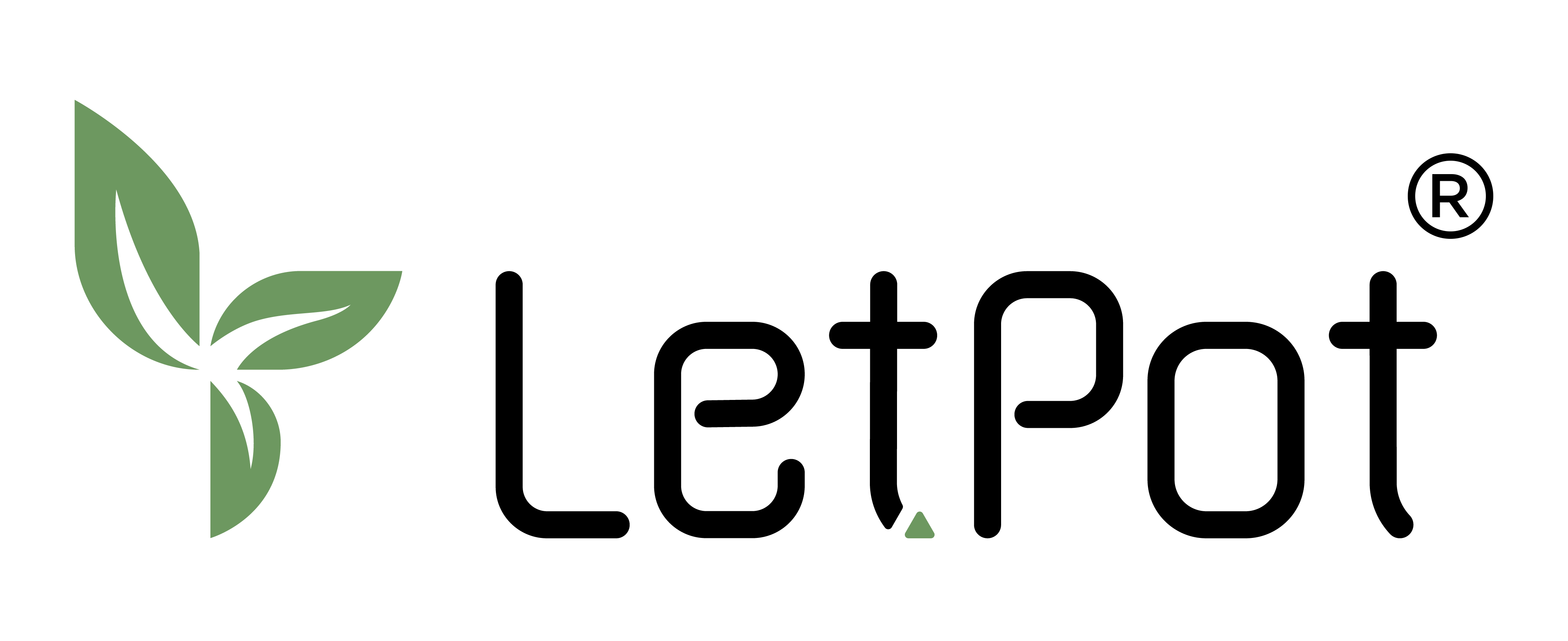

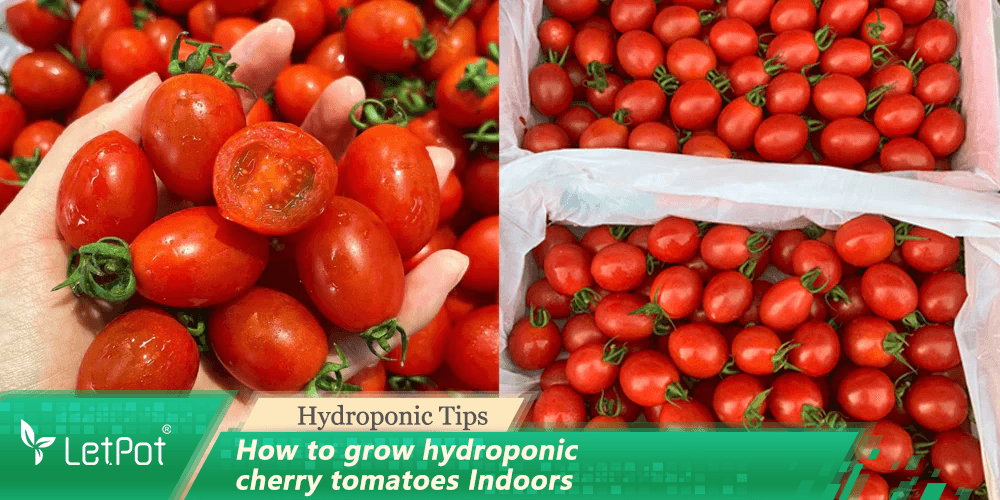


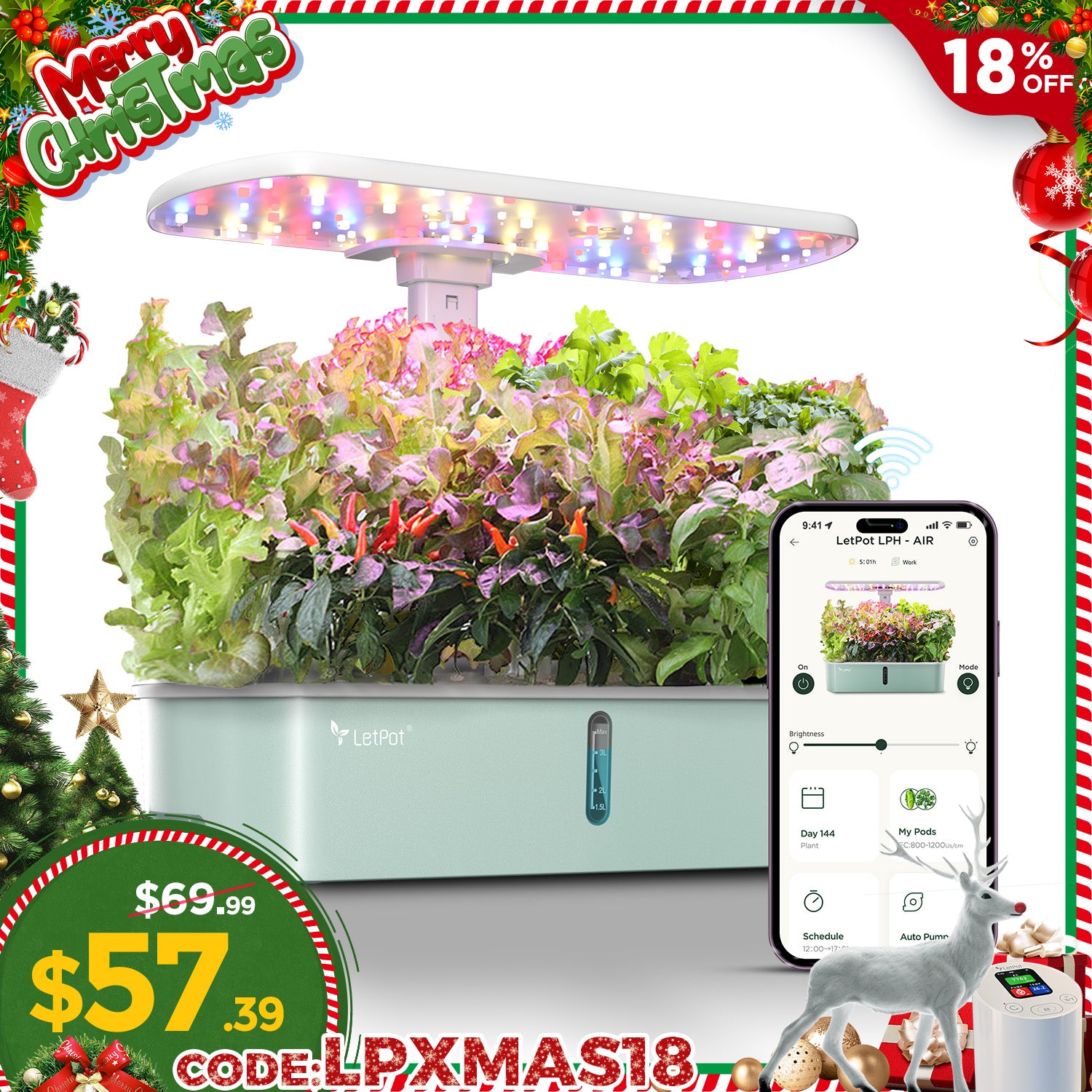

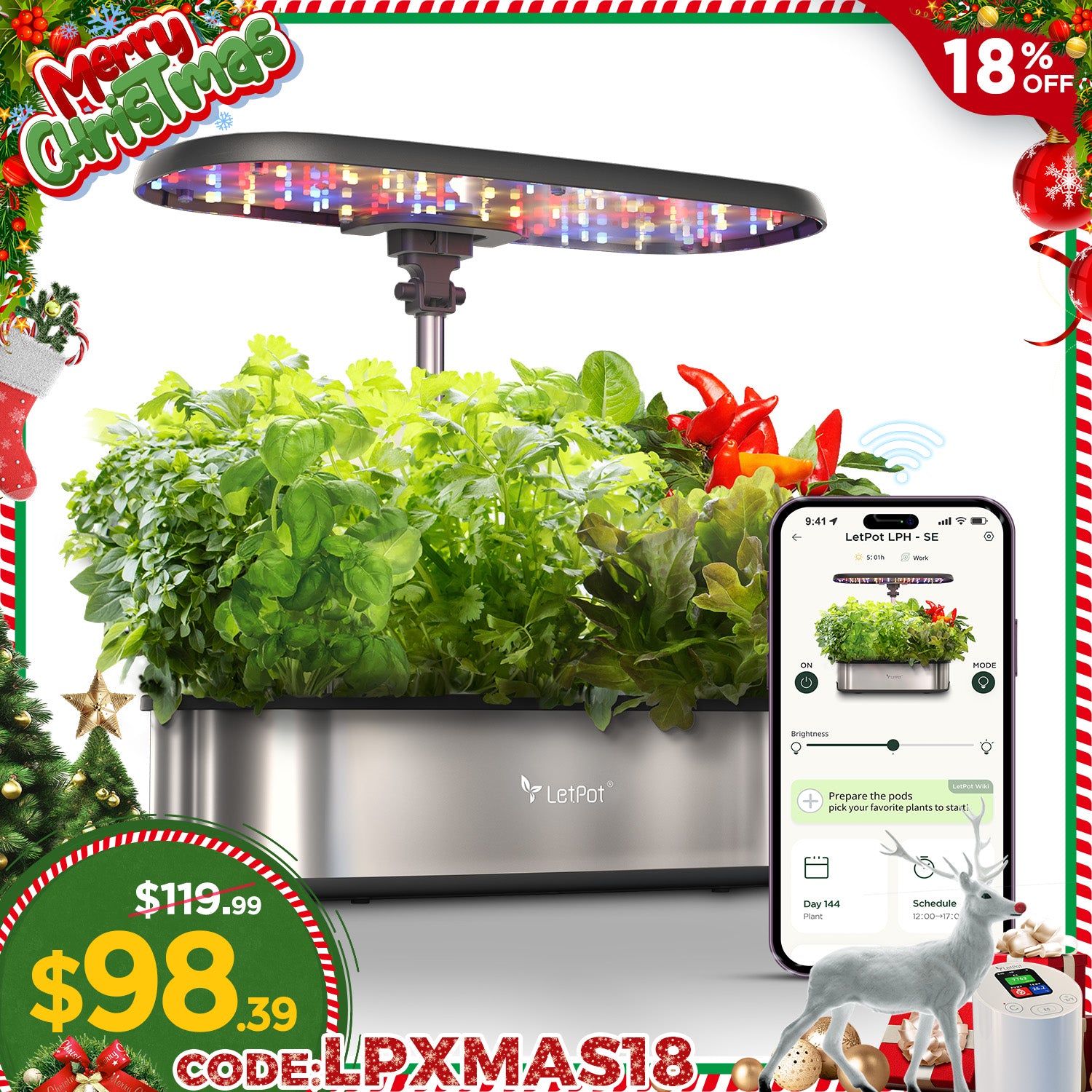
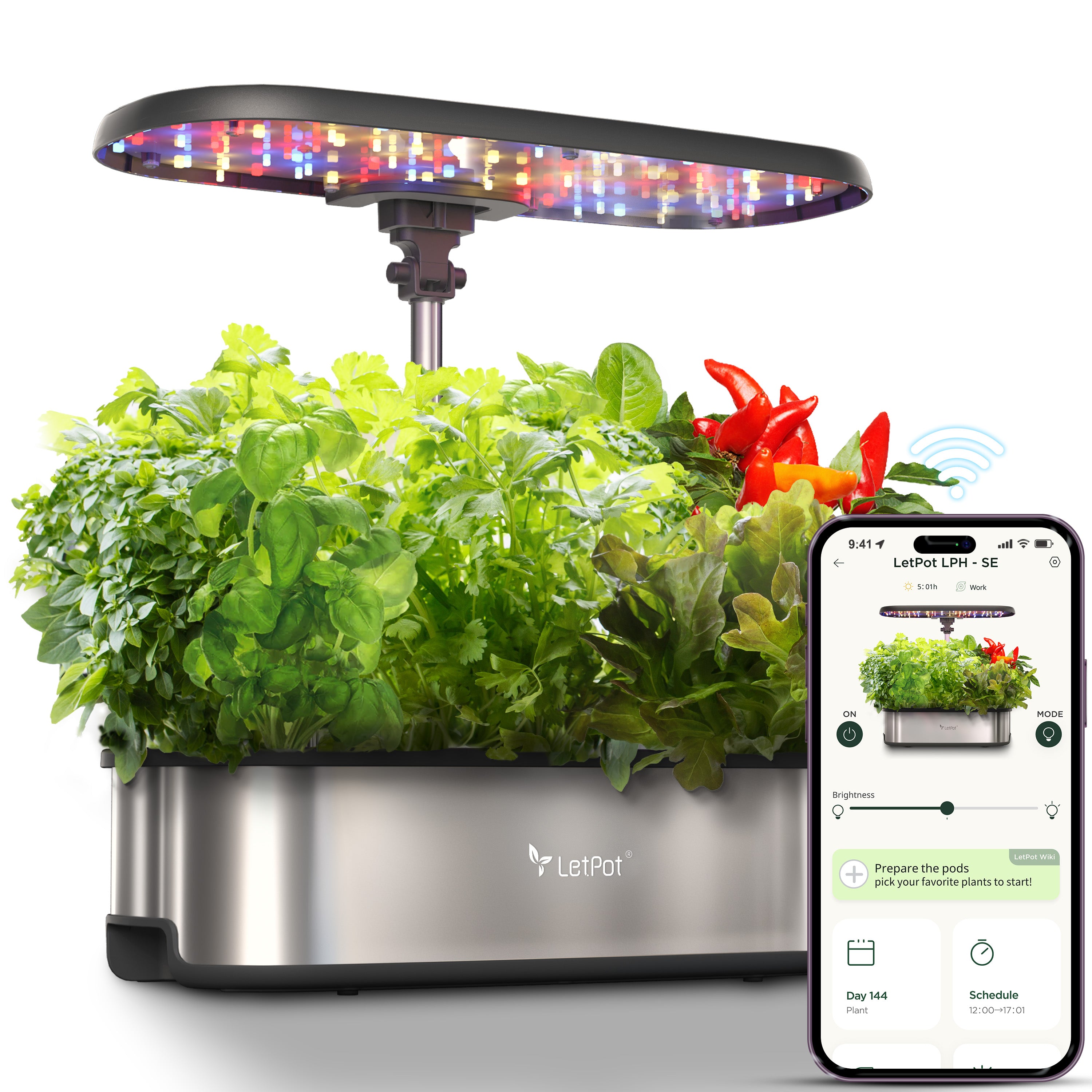

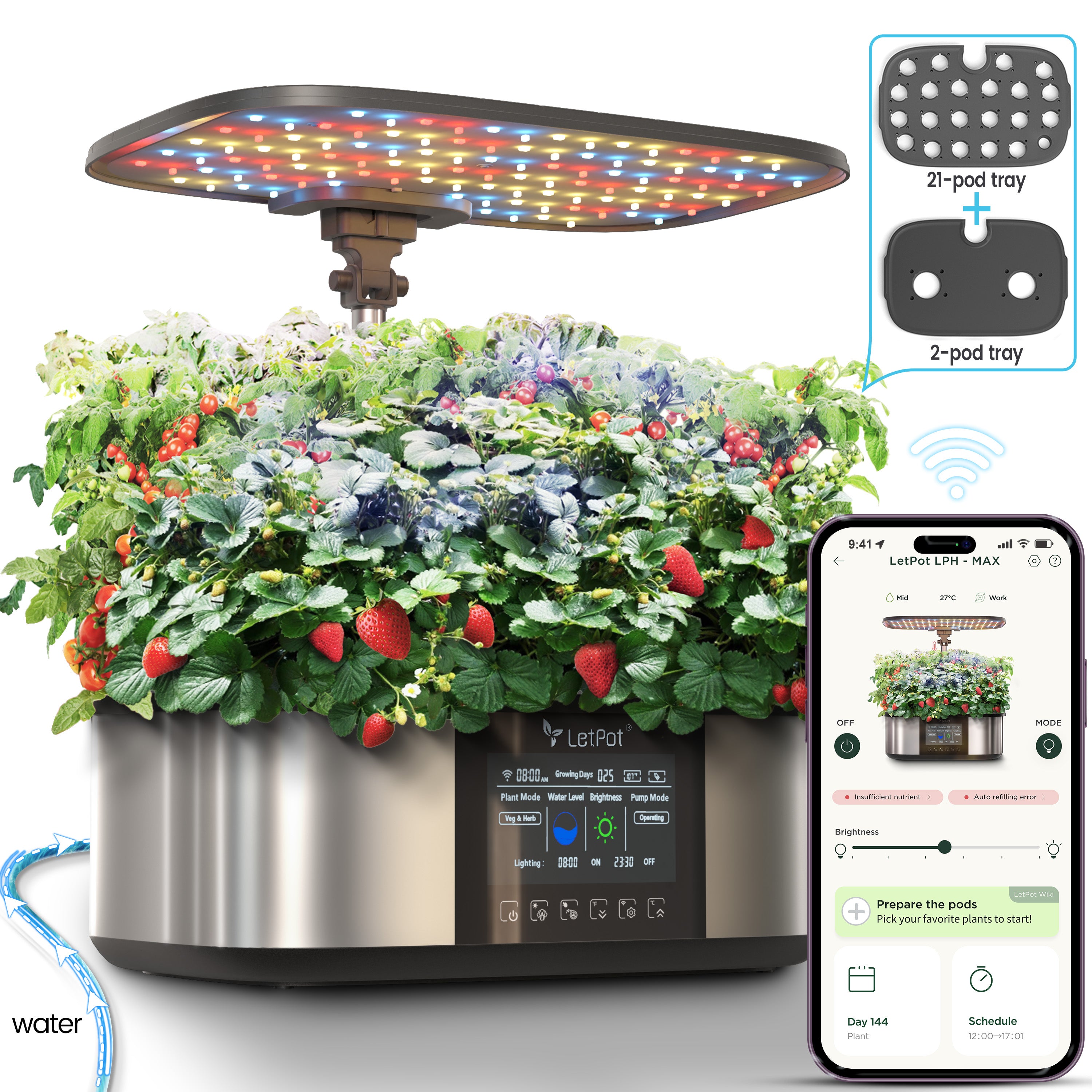
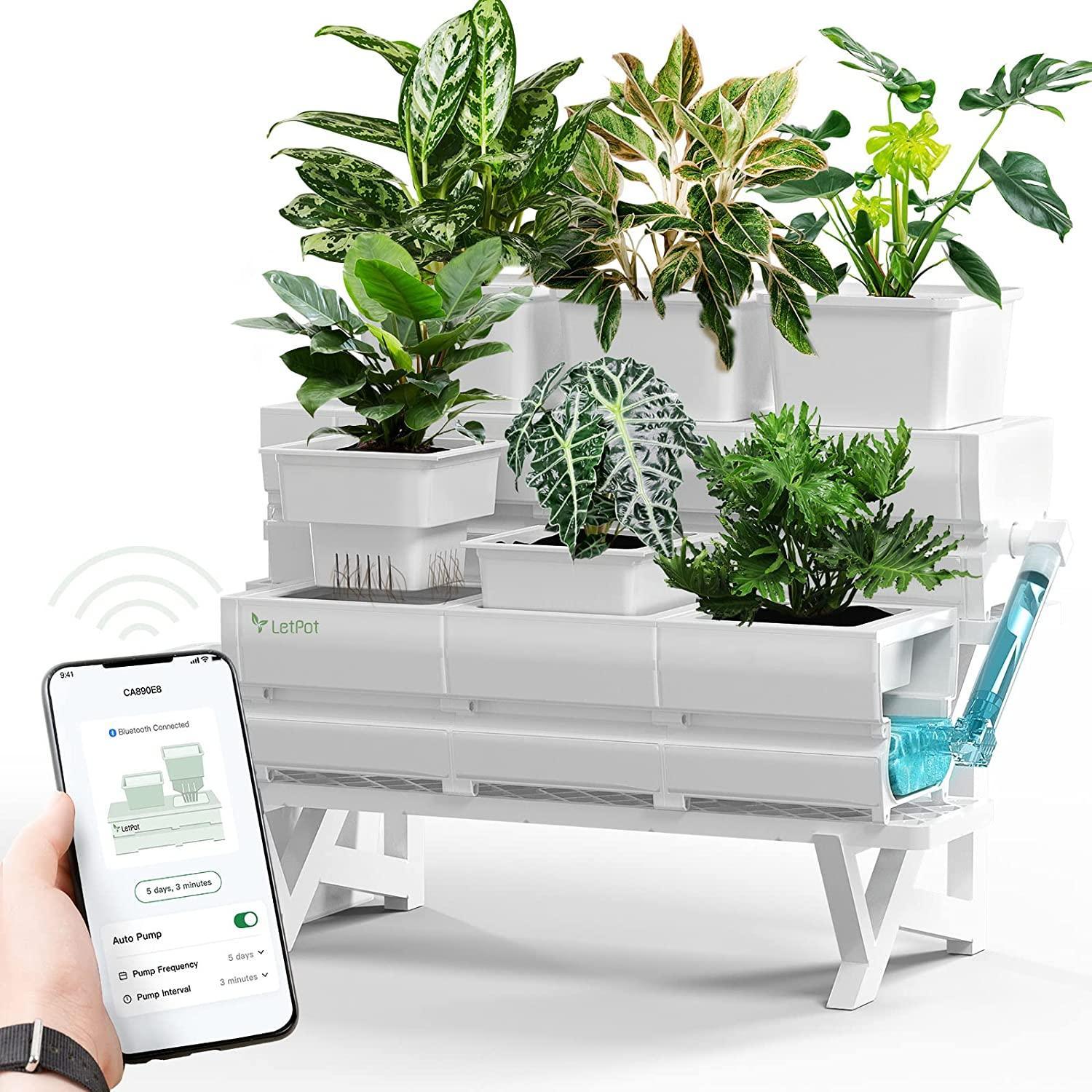
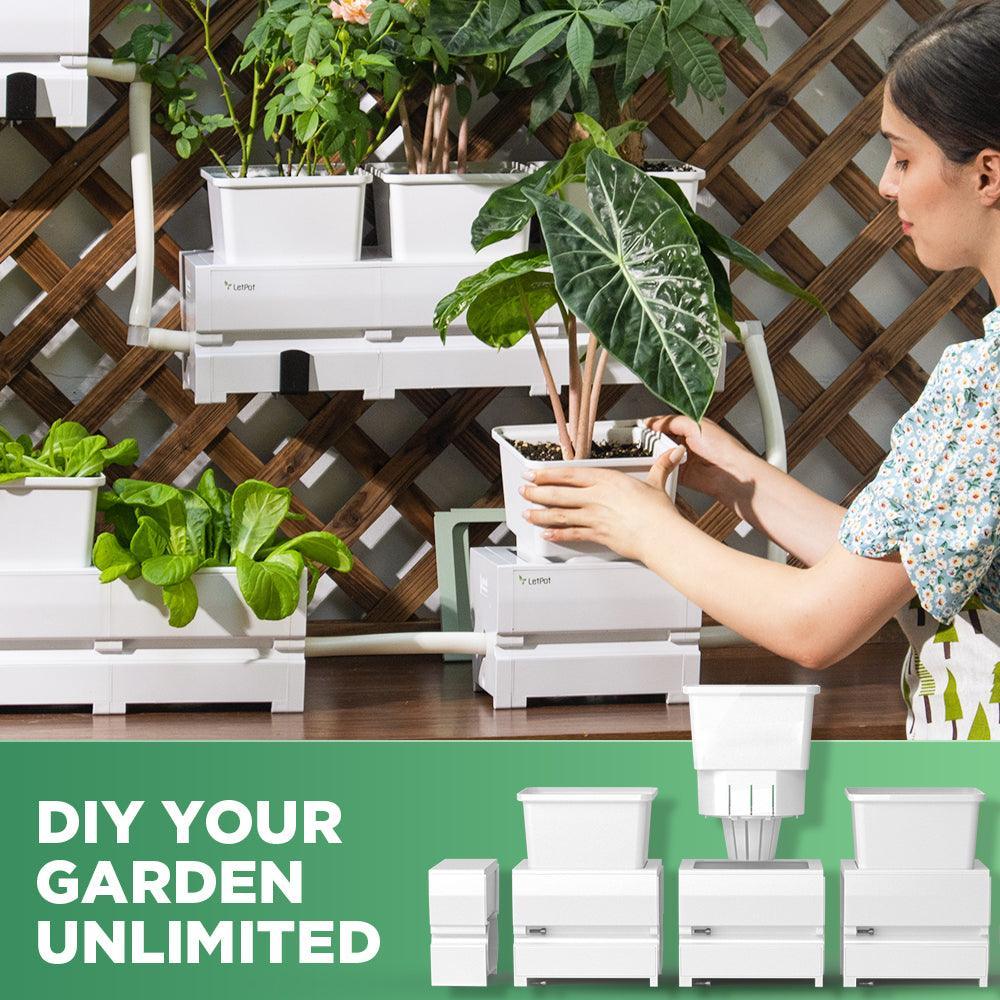
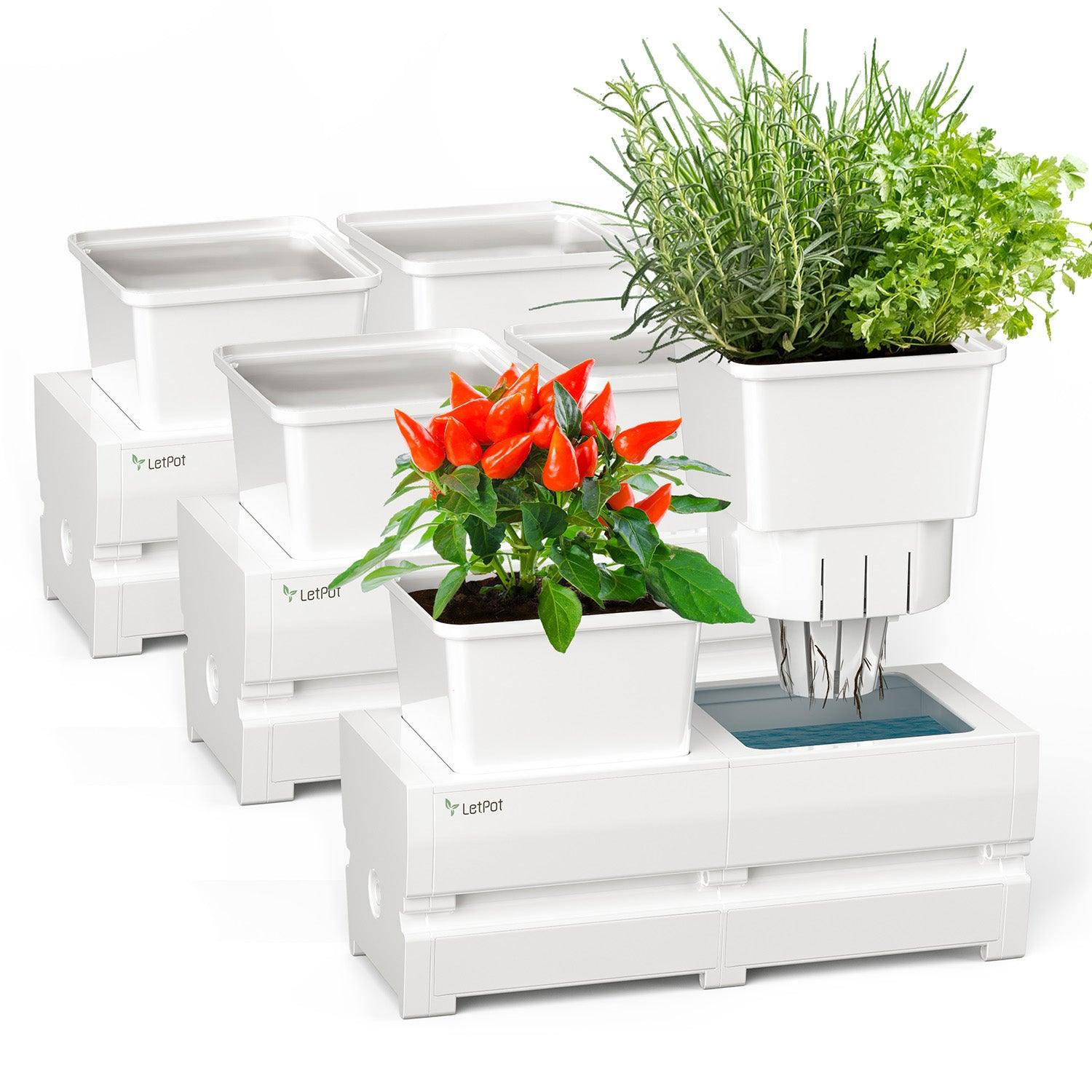
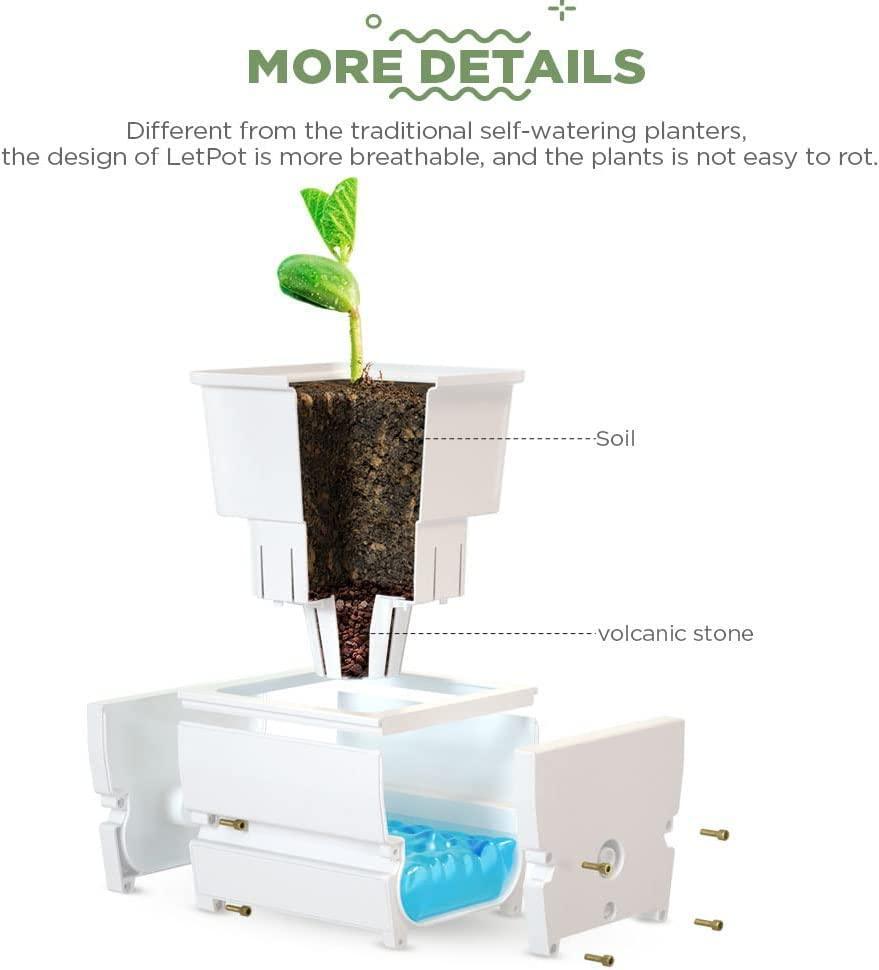

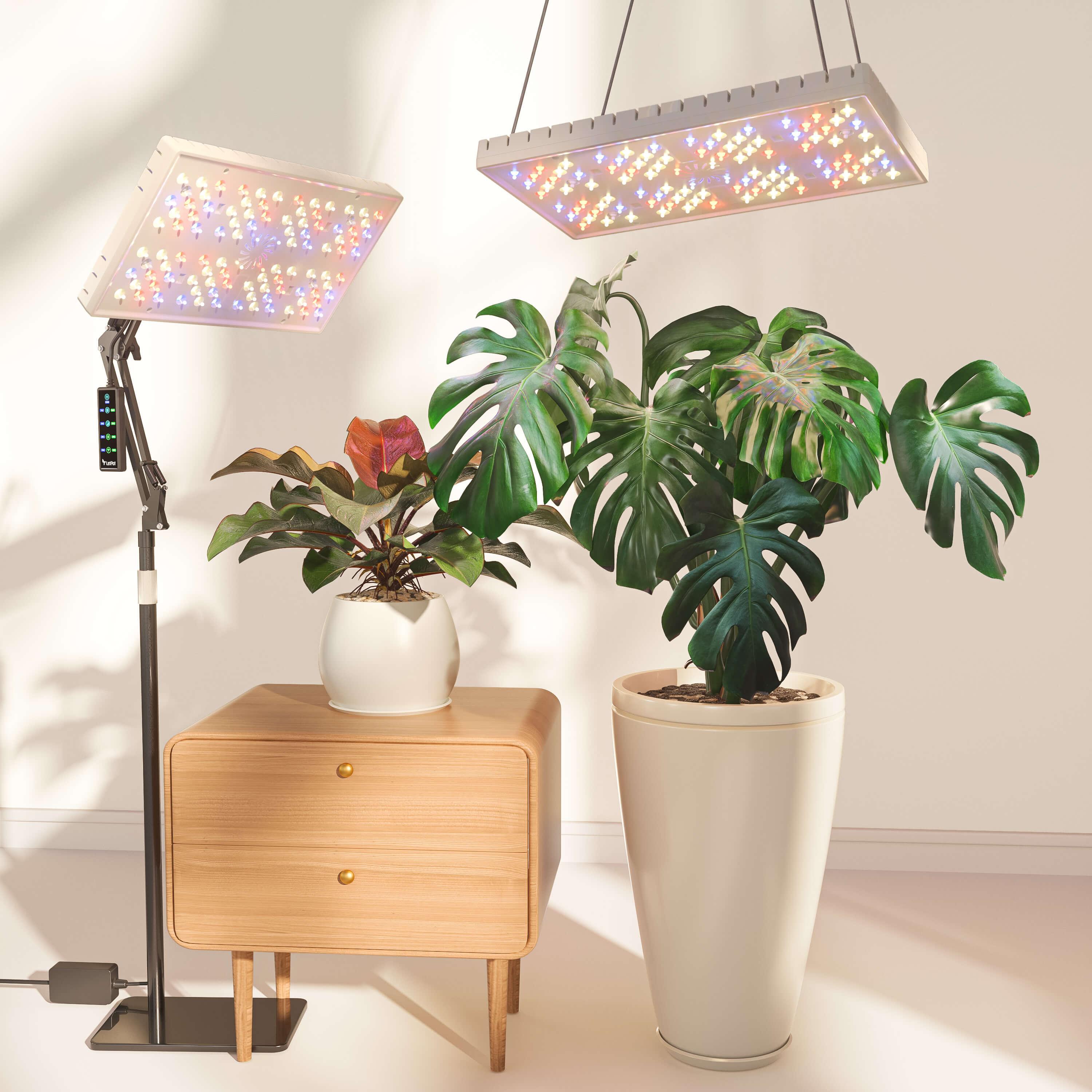


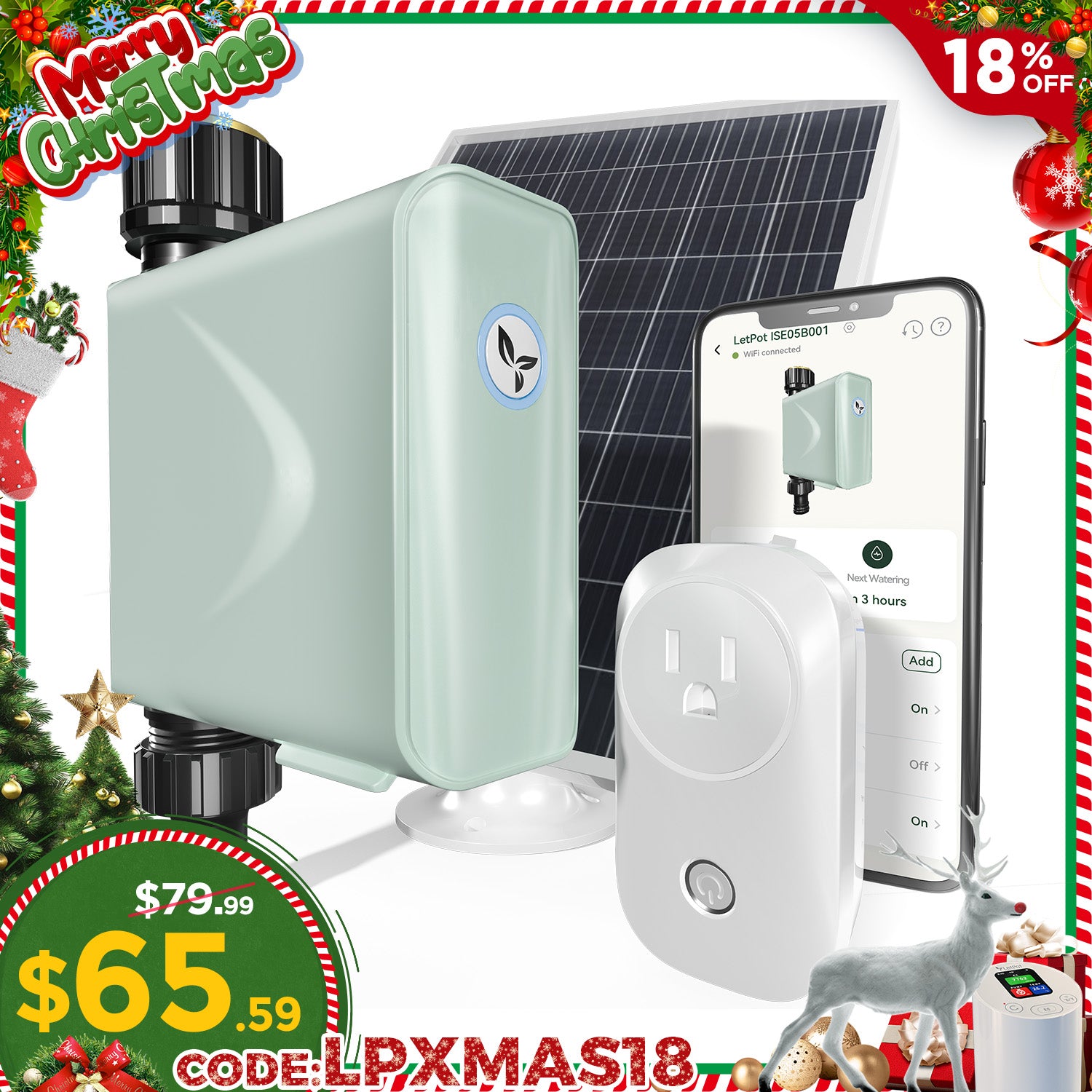
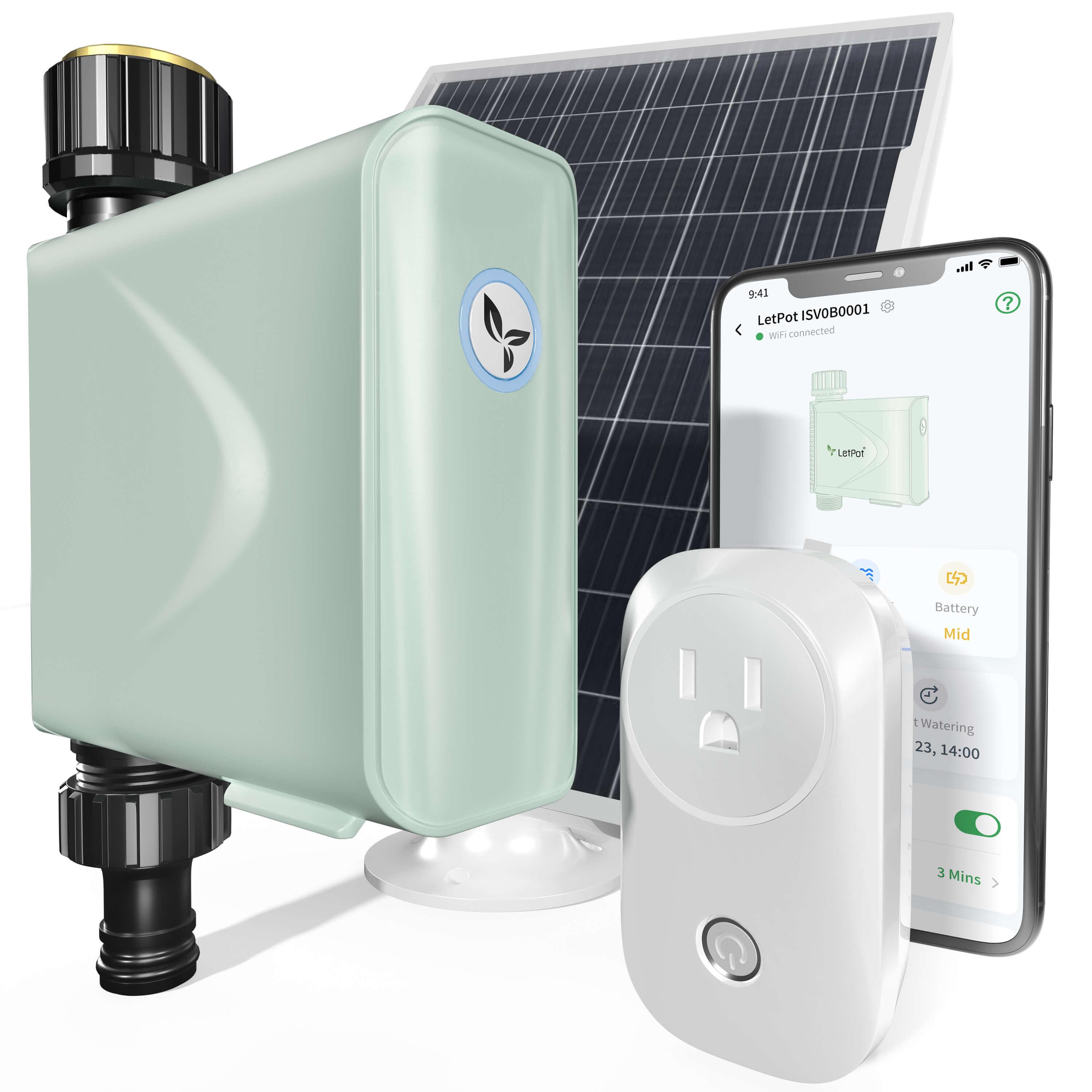

3 comments
Alan
Your article is very helpful…thank you so much for all the info a beginner needs..😊
Lola
This is a great article and really helped me decide what to do with my hydroponic cherry tomato plants. Thank you!
Jack
Thank you very much for sharing such a wonderful hydroponic cherry tomato tutorial. I learned a lot about hydroponic planting and saw your products. They are really good. I hope to have more wonderful hydroponic knowledge sharing.
Leave a comment
All comments are moderated before being published.
This site is protected by hCaptcha and the hCaptcha Privacy Policy and Terms of Service apply.